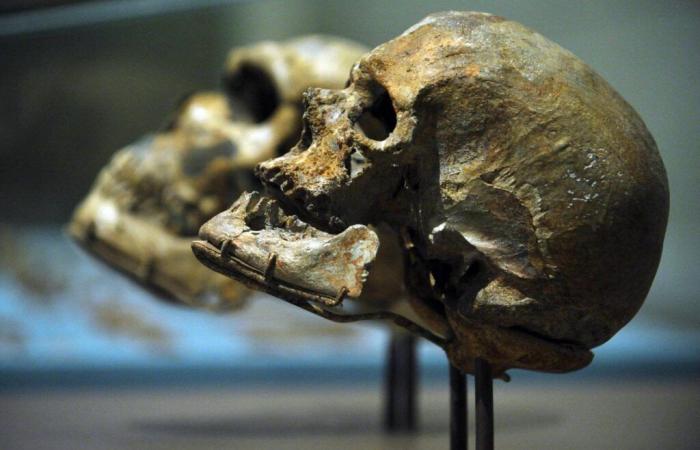You who are reading these lines are among the last representatives of the genre Homo which, in recent times (around 50,000 years ago), included Neanderthals, but also Denisovans, and “Hobbits” from the islands of Flores (Indonesia) and Luzon in the Philippines, discovered much more recently. Can we still talk about them as species distinct from ours?
For a long time, the question only concerned the relationships between our species, A wise man, and Neanderthal. They could have lived together in the Levant and in Europe, and could have known each other “pre-biblically”. Paleogeneticists initially believed that the species barrier, which prohibits fertile crossbreeding, was insurmountable, following the work of Svante Paabo (Max Planck Institute for Evolutionary Anthropology, Leipzig, Germany).
In 2006, analyzing the DNA of small cellular factories, the mitochondria, taken from Neanderthal fossils, the future Nobel Prize in Medicine (2022) concluded that our cousin and our ancestors Sapiens had not been interfertile – an essential criterion for the definition of biological species proposed by Ernst Mayr (1904-2005).
Read also | Article reserved for our subscribers Science 20/11 – Lead file – What is a species?
Read later
But, in 2010, there was a twist! The genomic analysis of the nucleus of a Neanderthal cell, which carries most of the genetic heritage, provides, on the contrary, proof of interbreeding with Sapiens. Svante Paabo's team shows that current non-African human populations carry, on average, 2% DNA of Neanderthal origin.
A few weeks earlier, she had described a new genome, taken from a phalanx around 40,000 years old, found in the cave where Denisova man was discovered, in Siberia. The Denisovans were born for science, and they too had crossed paths with Sapiens – populations of Papua New Guinea, in particular, have inherited up to 4% of their genome. There was also interbreeding with Neanderthals – the striking example of a young girl born to a Denisovan father and a Neanderthal mother buried in the Denisova cave, 90,000 years ago.
“Neanderthalness”
The fact of finding Denisovan DNA in Neanderthal genomes, and vice versa, proves that “mixing went in both directions, and that mixed-race children were accepted in the populations concerned”explains Stéphane Peyrègne. A postdoctoral student in the Svante Paabo institute, he presented in July, during a seminar in Mexico, the second complete genome of a Denisovan dating back 200,000 years. It bears the trace of multiple older crossings with Neanderthals, the existence of which paleogenomics had not yet revealed.
You have 64.98% of this article left to read. The rest is reserved for subscribers.






